🦖 A Few Words About Herbert W. Franke (Part 1)
Let's walk through the career, achievements, and art of the computer science dinosaur...
If you have been following my weekly digests, you probably have seen multiple collections from the Herbert W. Franke tribute. I wanted to connect those pieces to Herbert’s art to understand each artist's purpose, so I started to put together a short recap of his life.
The result turned out longer than usual, so I split it into two parts.
The first part is a summary of the career, achievements, and artworks of Herbert W. Franke also called “The Dinosaur of Computer Art.” The second part will be a market analysis of the tribute collections.
Who was Herbet W. Franke?
Originally from Vienna, Herbert studied physics, mathematics, chemistry, psychology, and philosophy. He received his doctorate in theoretical physics in 1950 by writing a dissertation about electron optics.
He was a prolific artist, using plenty of machines across time to create art that he immortalized through prints and photographs.
One of his first series was “Dance of the Electrons” (1959/62). In 1962 Franke produced the image using his analog computer called Demo-Gerät (demonstration set) and a cathode-ray oscillograph.
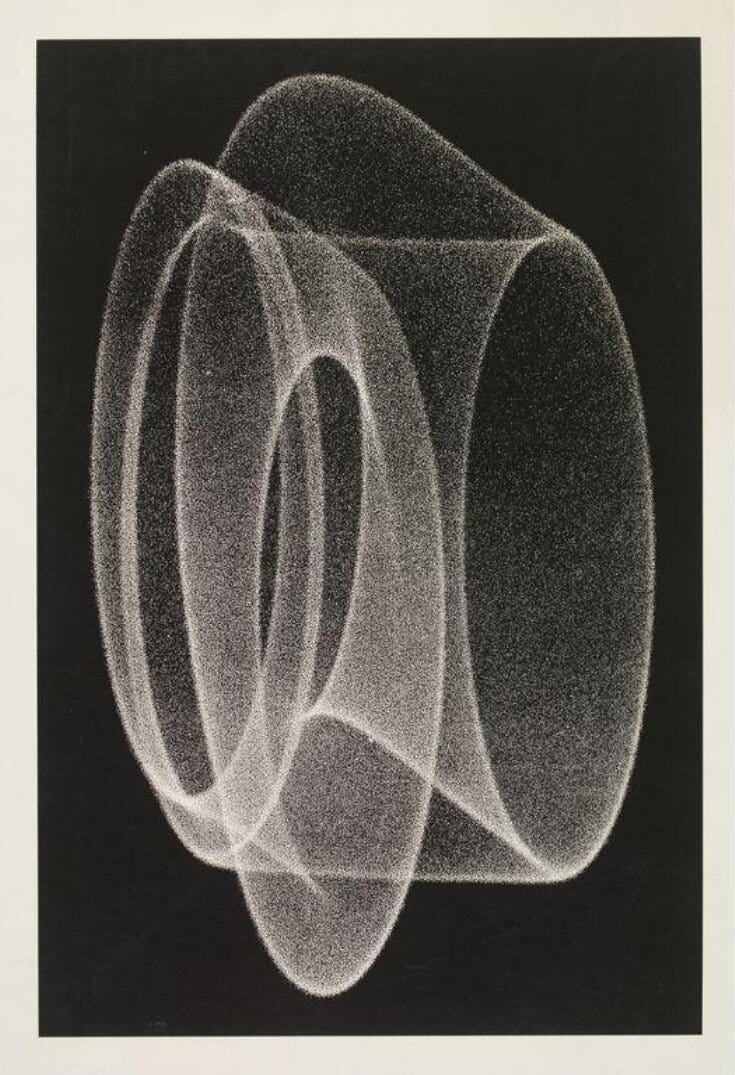
Drakula (1970/71)
The dragon curve is a fractal object. It was first studied by NASA physicists Johnm Heighway, Bruce Banks and William Harter and described by Martin Gardner in his 1967 column Mathematical Games in Scientific American. However, the basic mathematical theory, was not developed until 1970 by mathematician Chandler Davis and computer scientist Donald Knuth. For Franke, the dragon curves were an ideal instrument as a study object of experimental aesthetics, since they could be quantified well in terms of information theory. Dragon curves are formed by sequences of left and right turns according to certain rules.
Taken from MATH GOES ART - A solo show by Herbert W. Franke at Kate Vass Gallerie1.
Cellular Automata (since 1992)
Stephen Wolfram came up with the so-called one-dimensional cellular automata, and Herbert used the algorithm to create multiple plots for the Cellular Automata series.
Taken from MATH GOES ART - A solo show by Herbert W. Franke at Kate Vass Gallerie.
This is the same algorithm FxHash founder, and generative artist ciphrd used for the RGB Elementary Cellular Automaton collection.
One of Herbert W. Franke's Final Interviews
In June 2022, Charlotte Kent interviewed Herbert for The Brooklyn Rail2. The whole interview is worth a read, as Herbert went deep into details on how he sees art and his life. After reading the interview, the following quote stuck in my head…
“The point is not to leave new technologies, which are value-neutral, to begin with, to technocrats, commerce, and the military complex alone. Art is also part of our society, and it should deal with the tools of today’s society.”
He was an early adopter of new technologies. If he had lived during these times, I am sure he would have played around not only with generative coded art on the blockchain but also with custom-made smart contracts. What kind of mechanics would he have come up with it?

Herbert Franke generative Art NFT Collection —Math Art
A few months before he passed, he minted his own generative art NFT collection, Math Art (1980-1995). The collection was launched on Quantum and curated by Rodolphe Ködderitzsch and Anika Meier. It was a team effort that also included Herbert’s wife, Susanne Paech.
It is a 100 piece-collection drawn from his iconic 80s series Math Art where mathematical investigation is translated into visual art, with a stunning variety of forms strikingly reminiscent of Pop Art.
Until now, it has over 350 ETH (+$500k) in secondary volume, and the floor is 15 ETH (+$20k).

Franke was also an award-winning writer
Besides being an artist and scientist, he was also an award-winning science fiction author. He won twice the Deutscher Science Fiction Preis, one of the most prestigious German science fiction literature awards.
Herbert passed away this year at 95 years of age. He was active on Twitter (with the support of his wife) and was very excited to see the developments in the modern computer art world…
Over the past month, about 80 of the most renowned generative artists, photographers, poets, and virtual world builders working today were invited by art meets science – Foundation Herbert W. Franke3 to honor his life and work - an event organized by writer and curator Anika Meier.
Tomorrow, I’ll share a review of all the fantastic artworks created for this occasion, in addition to the market impact across the different blockchains. Keep in mind, the artists are donating a percentage of the proceeds to the following causes:
A percentage of the proceeds from the sales will be donated by each artist. The artists’ donations will be used by the art meets science – Foundation Herbert W. Franke for two earmarked projects. Herbert W. Franke’s archive has been housed at the Center for Art and Media Karlsruhe (ZKM Karlsruhe) since 2017. 20,000 EUR will be donated to the ZKM so that more than 1,800 manuscripts by Franke can be digitized and made accessible to the public. Together with the RÜTGERS Foundation, the Foundation Herbert W. Franke will also use the donations to support young people in Namibia to learn computer science and programming.
See you tomorrow,
- Kaloh
If you enjoyed this issue, consider subscribing to Kaloh’s Newsletter to receive my articles for free in your inbox. For the full experience, become a premium subscriber.
What you’ll get:
Receive premium and public posts.
Access to my private Discord server with over 150 NFT enthusiasts.
Participate in monthly NFT giveaways.
MATH GOES ART - A solo show by Herbert W. Franke at Kate Vass Gallerie - https://www.katevassgalerie.com/math-art-by-herbert-w-franke
Herbert W. Franke with Charlotte Kent - https://brooklynrail.org/2022/06/art/Herbert-Franke-with-Charlotte-Kent
Tribute to Herbert W. Franke - https://www.tribute-hwf.com/



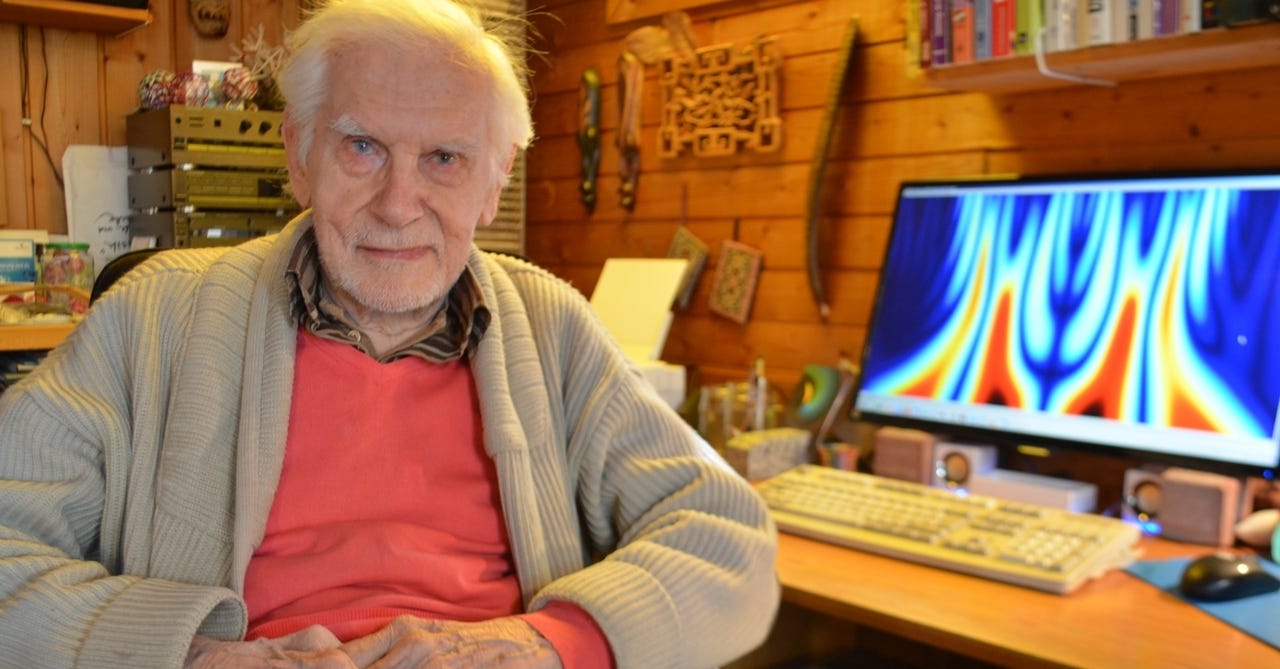
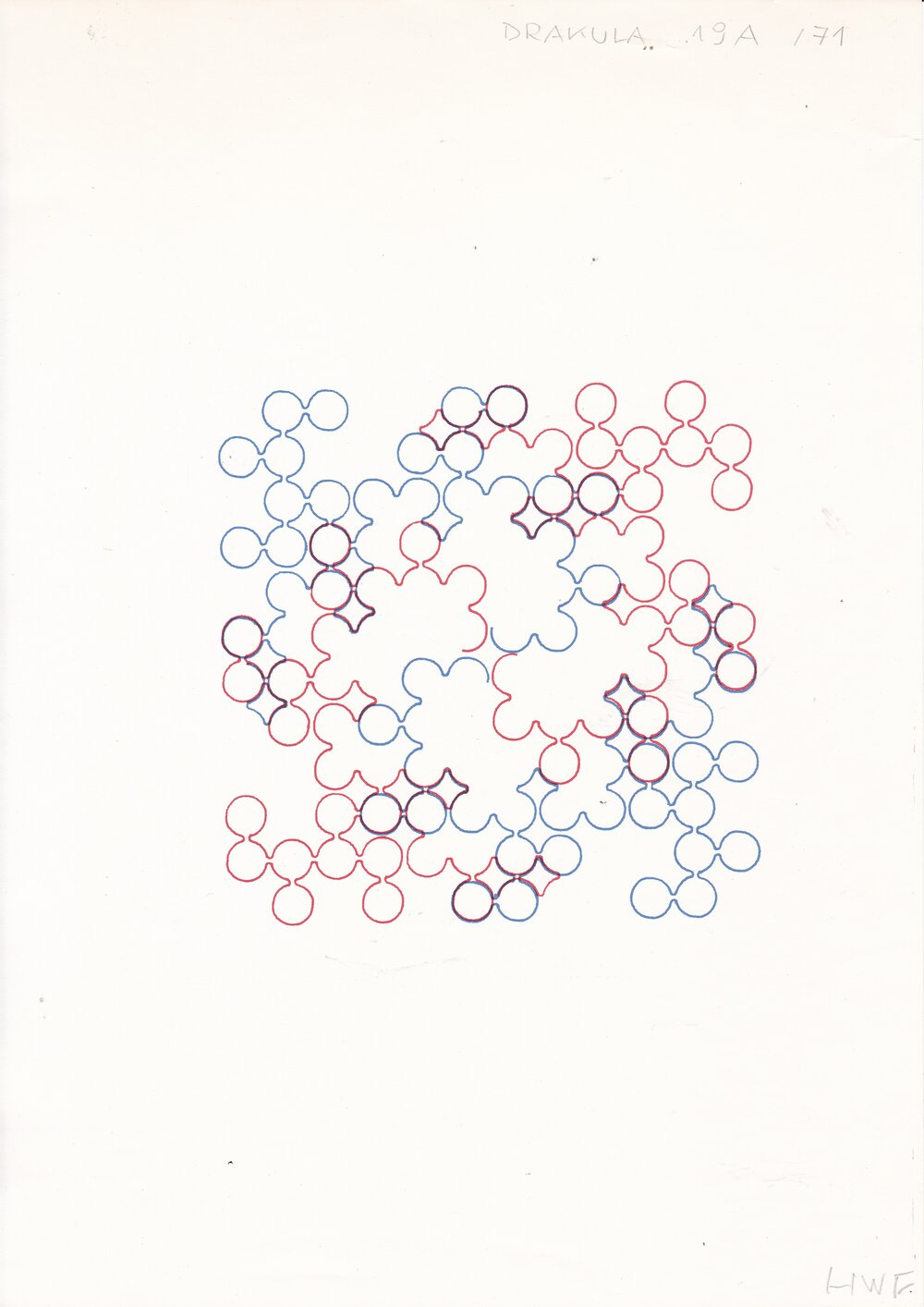
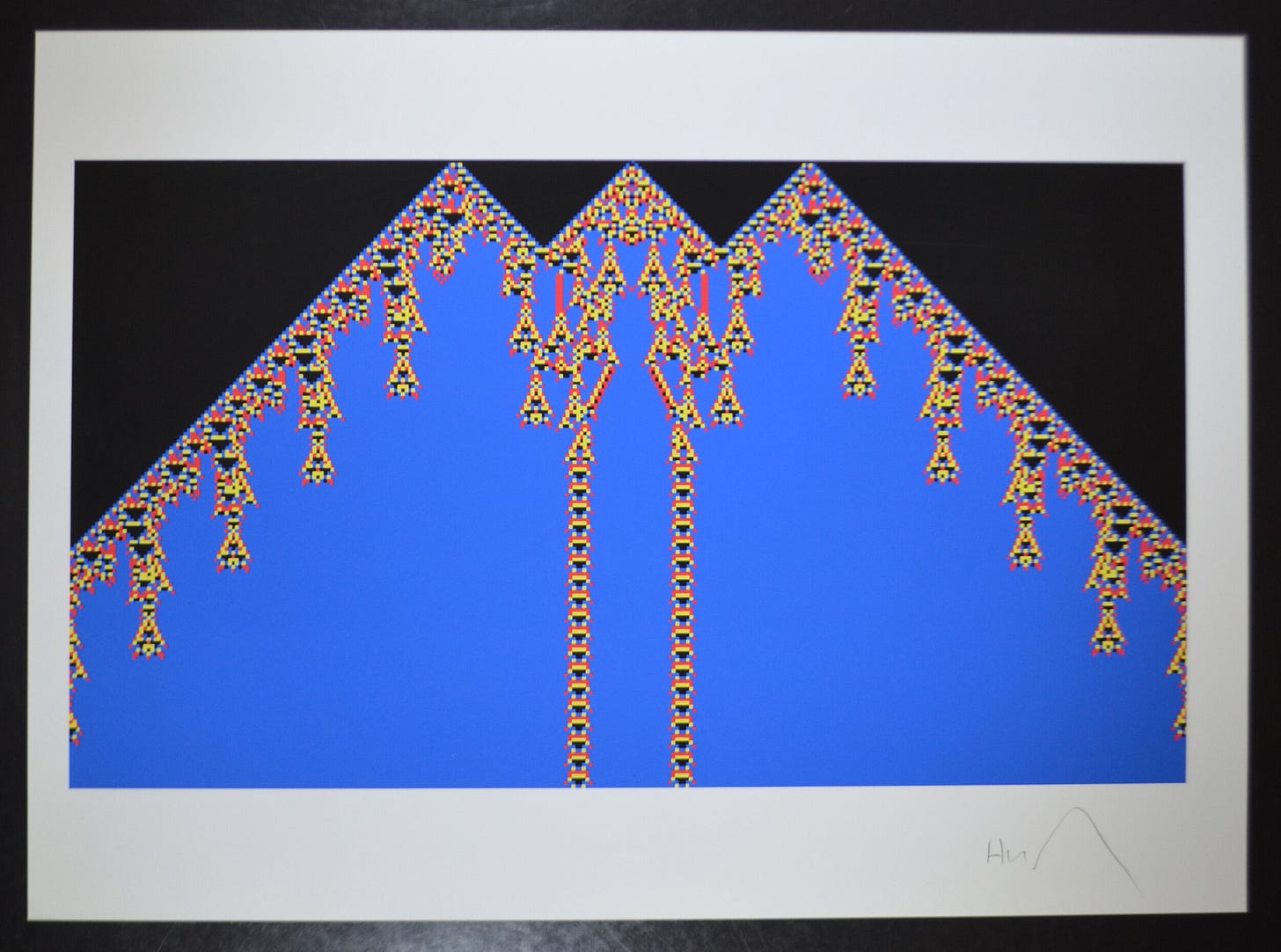
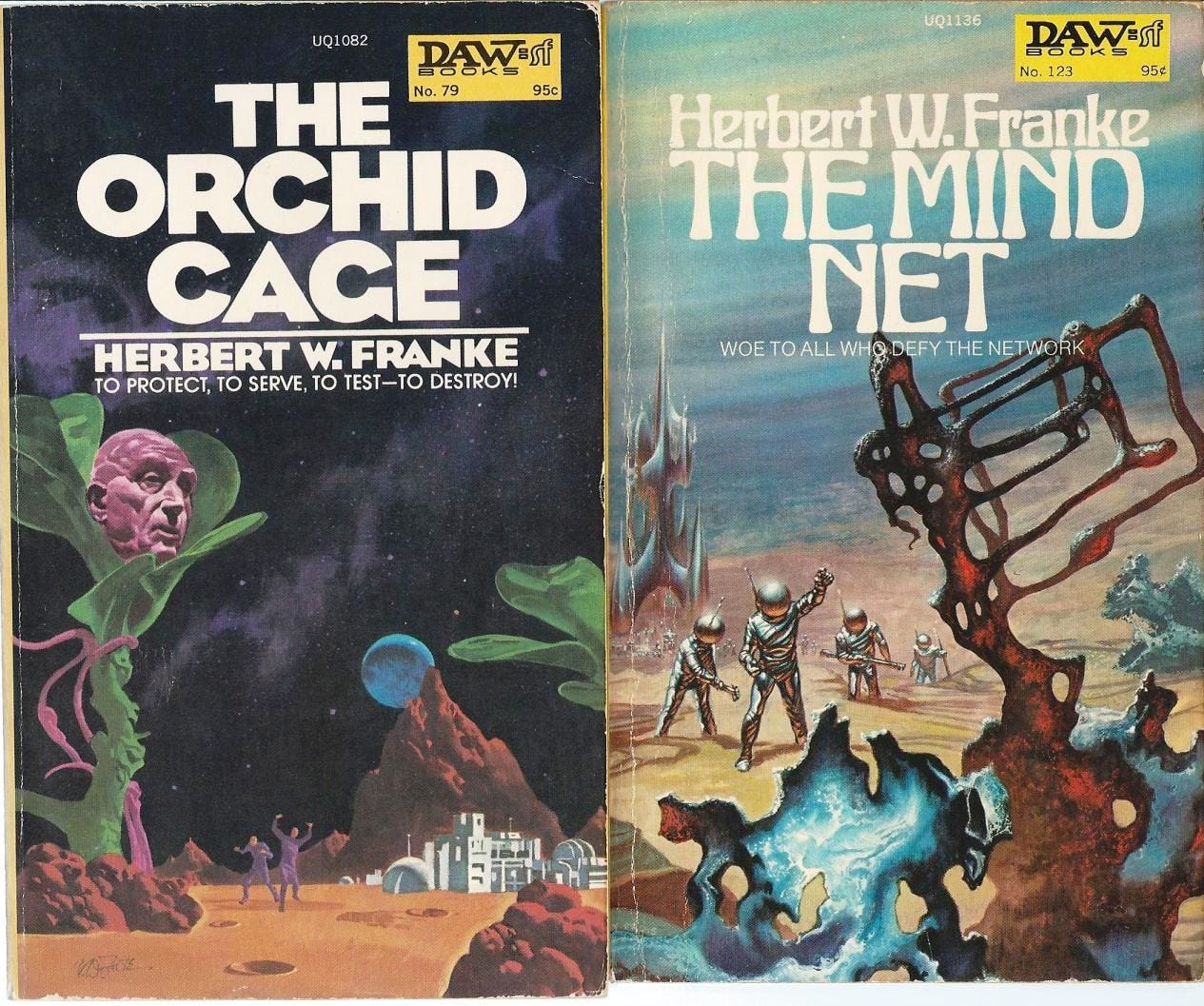

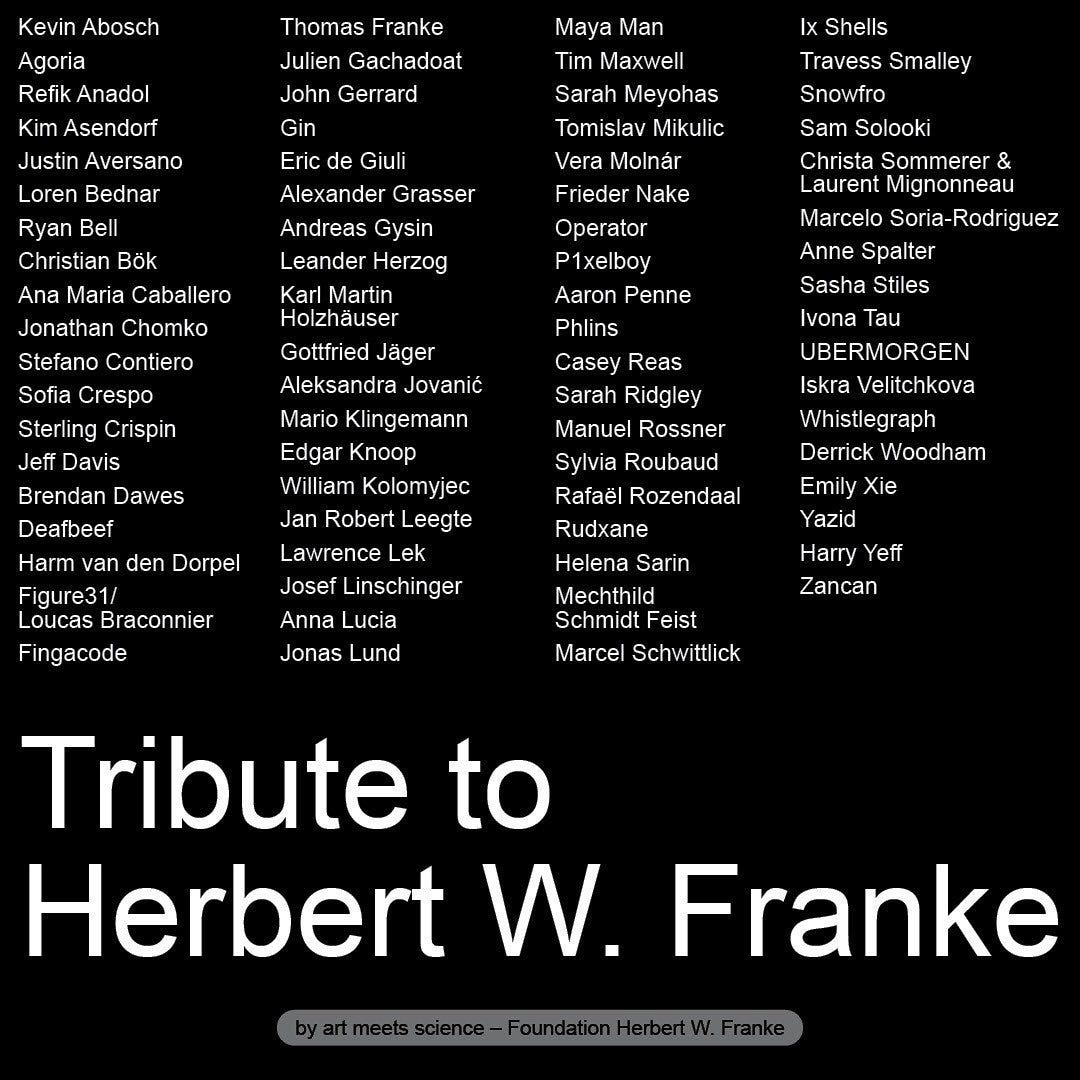
Yo Kaloh! I've read your mail for a while now and thus wanted to let ya know that we’re launching our NFT collection's community of the most active web3 contributors, motivated by one vision:
-push web3 education forward
We like to invite you to the society 🥷
We're forming a network of creators & builders for which we deliver a series of mini products, broader vision is to scale a web3 learning platform. DMs are open here or on Twitter :)